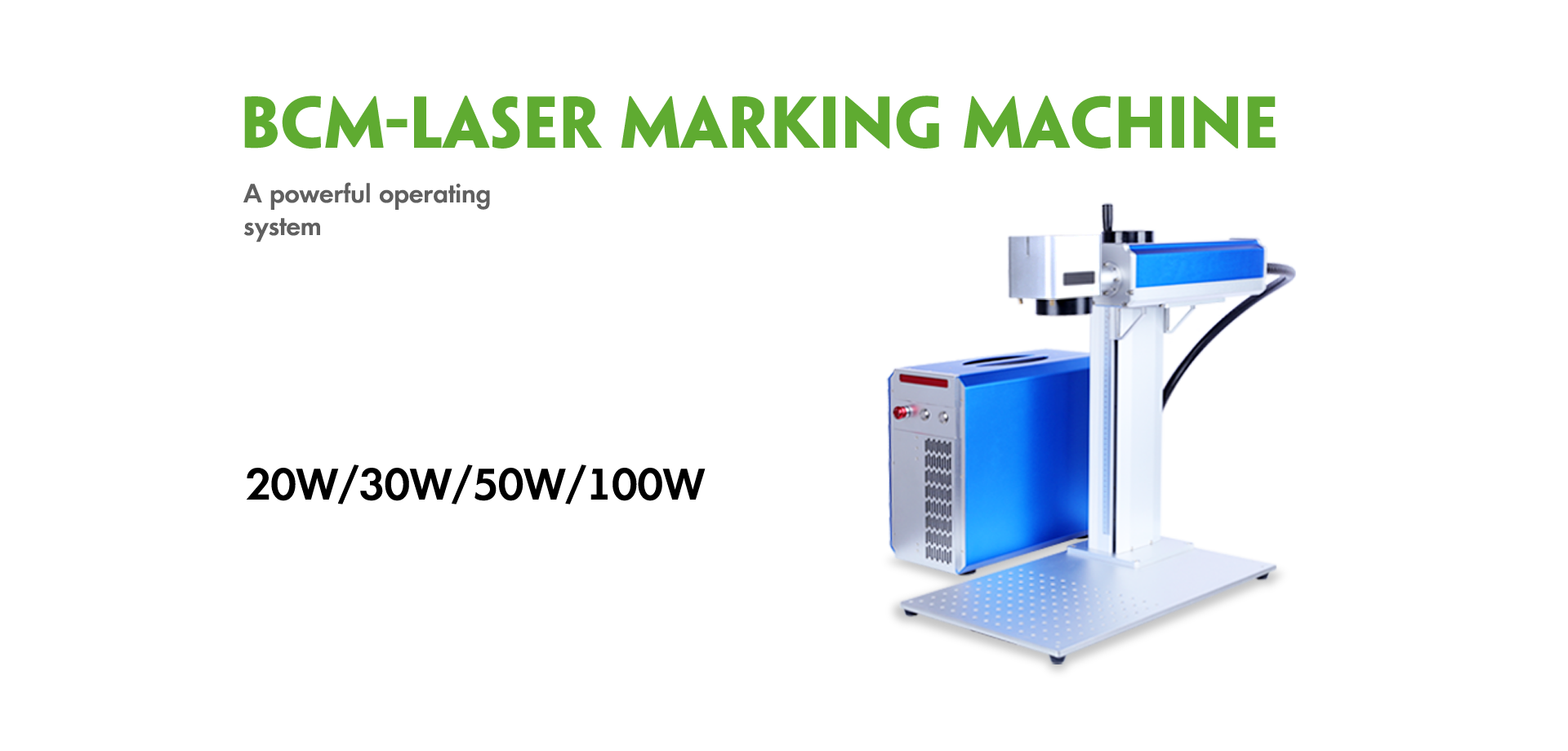
Wide range of applications
Laser marking machines are widely used in micro-machining and precision engraving of various metal and non-metal film materials. With BCAM laser machines, you can laser cut, engrave or mark many materials, including: plastic, wood, rubber, leather, metal, textiles, etc.
P
Stepper motor
Stepper motor Low Noise Low Vibration Smooth Operation High Torque Higher Acceleration Ability Better Precision Better Acceleration Performance
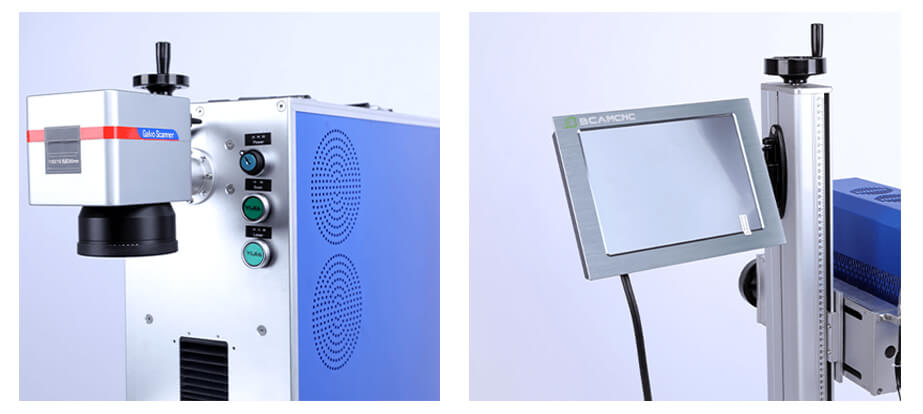
Powerful operating system
A powerful operating system; The product is featured for working under large power rate and long service time, which is suitable for the cutting of knife mold machine and thick acrylic sheet.
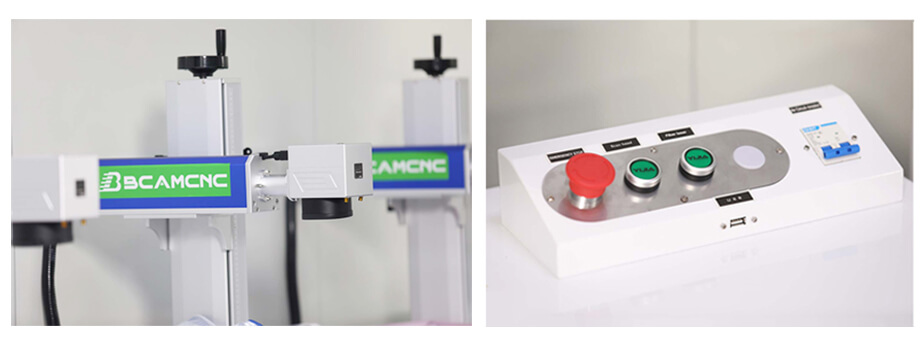
Imported module, laser radio frequency technology
Imported module, laser radio frequency technology stable light output, thin spot without delay, long life;
Taiwan Rail It features equal load ratings in the radial, reverse radial, lateral directions, and self-aligning to absorb installation-error.
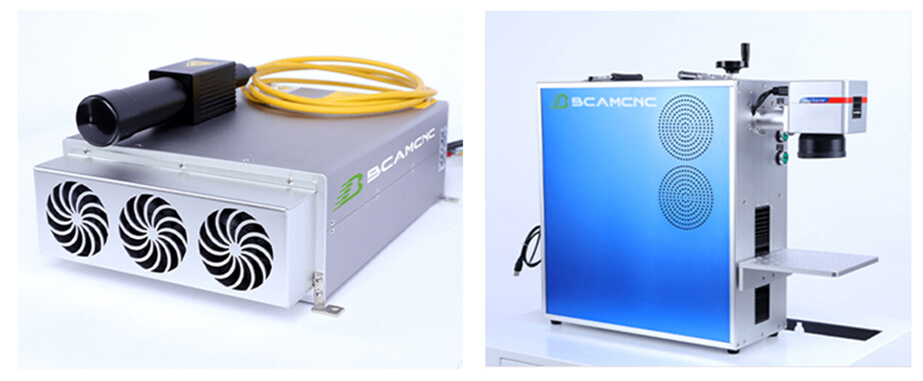
The Transformative Power of Laser Marking Machines in Modern Industry
In the rapidly evolving landscape of manufacturing and product identification, laser marking machines have emerged as indispensable tools for precision, efficiency, and sustainability.
These advanced systems utilize focused laser beams to create permanent marks, engravings, or codes on a wide range of materials, revolutionizing industries from automotive to healthcare.
This article explores the capabilities, applications, and advantages of laser marking machines, while highlighting their growing significance in industrial processes.
Understanding Laser Marking Technology
A laser marking machine operates by directing high-intensity laser light onto a material’s surface, altering its properties or appearance without physical contact.
Depending on the material and desired outcome, different laser types—such as fiber, CO2, or UV lasers—are employed. Fiber lasers, for instance,
excel in marking metals and plastics, while CO2 lasers are ideal for organic materials like wood or glass.
This versatility ensures that laser marking machines can meet diverse industrial demands, from creating intricate logos on electronics to etching safety codes on medical devices.
Key Applications Across Industries
The adaptability of laser marking machines has made them vital in multiple sectors:
Automotive: Parts traceability is critical for quality control and recalls.
Laser marking machines imprint serial numbers, barcodes, and QR codes directly onto components, ensuring durability even under harsh conditions.
Electronics: Miniaturization trends demand ultra-precise markings on circuit boards and microchips. Lasers achieve micron-level accuracy, preventing damage to sensitive components.
Medical: Compliance with strict regulations requires permanent identification on surgical tools and implants. Laser marking machines provide biocompatible, tamper-proof solutions.
Aerospace: High-strength materials like titanium require non-invasive marking to avoid structural weaknesses. Lasers deliver clean, corrosion-resistant engravings.
Advantages Over Traditional Methods
Compared to mechanical engraving or ink-based printing, laser marking machines offer unparalleled benefits:
Permanence: Laser marks resist fading, abrasion, and chemicals, ensuring lifelong readability.
Speed: High-speed galvanometer systems enable marks to be completed in milliseconds, boosting production throughput.
Eco-Friendliness: The process eliminates inks, solvents, and waste, aligning with green manufacturing initiatives.
Customization: Software-driven designs allow instant adjustments, supporting small-batch or personalized production.
Choosing the Right Laser Marking Machine
Selecting an optimal laser marking machine depends on factors such as material type, marking depth, and operational scale.
For example, UV lasers are preferred for glass or ceramics due to their cold-processing capability, while fiber lasers dominate high-volume metal marking.
Integration with Industry 4.0 systems—such as IoT-enabled monitoring or AI-driven quality checks—further enhances their value in smart factories.
Future Trends and Innovations
The global laser marking machine market is projected to grow at a CAGR of 7.5% through 2030,
driven by demand for anti-counterfeiting solutions and automated production. Emerging technologies,
like hybrid lasers combining multiple wavelengths or ultra-fast picosecond lasers, promise even finer details and new material applications.
Additionally, advancements in beam steering and real-time feedback systems are reducing energy consumption while improving accuracy.
Conclusion
As industries prioritize traceability, efficiency, and sustainability, laser marking machines stand at the forefront of innovation.
Their ability to deliver permanent, high-contrast markings on virtually any material makes them irreplaceable in modern manufacturing.
By investing in the right laser marking machine, businesses can future-proof their operations,
reduce environmental impact, and maintain a competitive edge in an increasingly quality-driven market.
PRODUCTS VIDEO
Fiber laser marking machine 110mm*110mm 220mm*220mm 300*300mm working areaTechnical Parameters
| Model | BCJ20w |
| Working Area | 110*110mm (200*200mm,300*300mm) |
| Laser type | Raycus Fiber laser 20w |
| Cooling Type | air cooling |
| Transmission | X | ||
| Engrave speed | 0-60000mm/min | ||
| Resolution ratio | 0.05mm | ||
| Control System | PC control system | ||
| Table structure | high presicion aluminium table | ||
| Laser power | 10w/20w/30w/50w/100w | ||
| Resolution ratio | 0.01mm | ||
| Power supply | 0.01mm220V/10A | ||
| Operating temperature | 0-45°C | ||
| Operating humidity | 5-80% | ||
| Graphic format supported | BMP, JGP,PNG,DXF.etc | ||
Download Zone
More downloadsApplication industry
Kitchen appliances,sheet metal case cabinets,machinery equipment,electrical equipment,lighting hardware,advertising signs,auto parts,display equipment,various metal products,sheet metal cutting and processing industries.